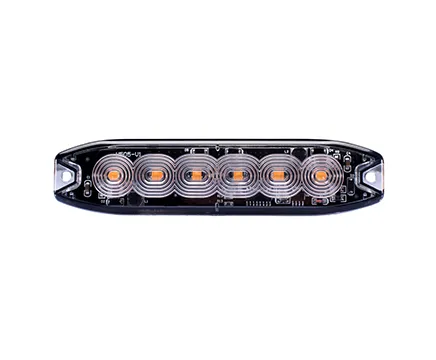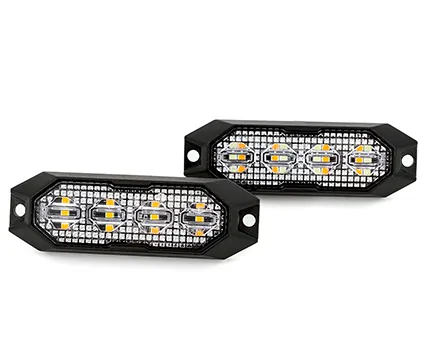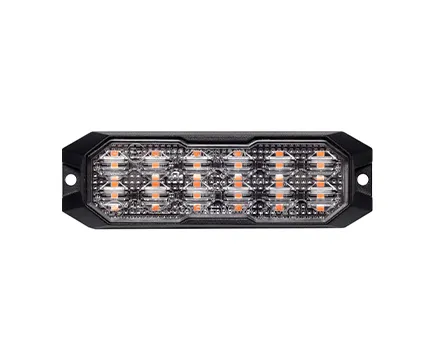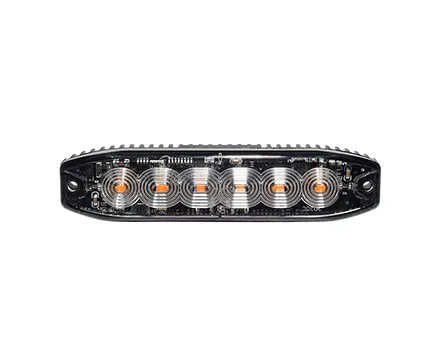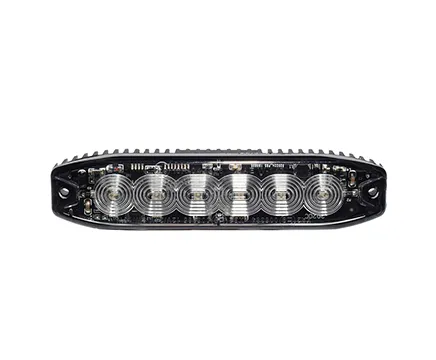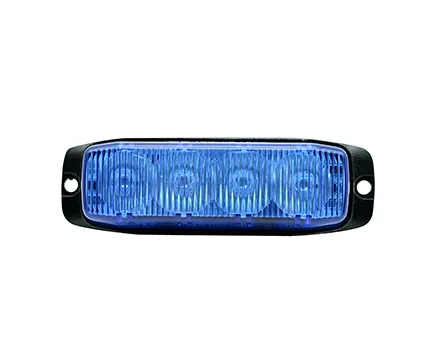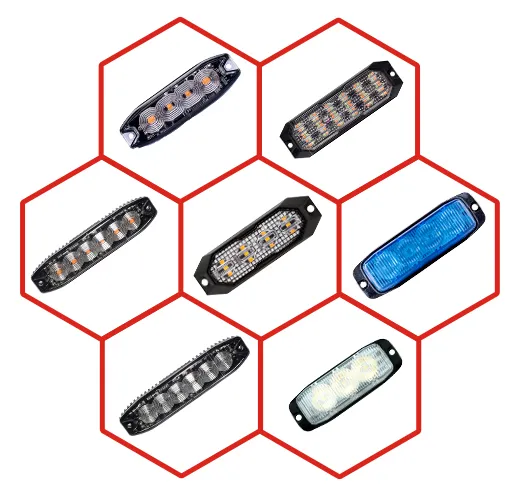Understanding ECE R65 & R10: The Gold Standard for Vehicle Warning Lights
When selecting professional-grade equipment for emergency, commercial, or industrial vehicles, you will frequently encounter technical certifications like "ECE R65" and "ECE R10". These are not just arbitrary letters and numbers; they are rigorous standards set by the United Nations Economic Commission for Europe (UNECE) that serve as a global benchmark for quality, safety, and reliability. Understanding what these certifications guarantee is essential for making an informed purchasing decision and ensuring your fleet is both safe and legally compliant.
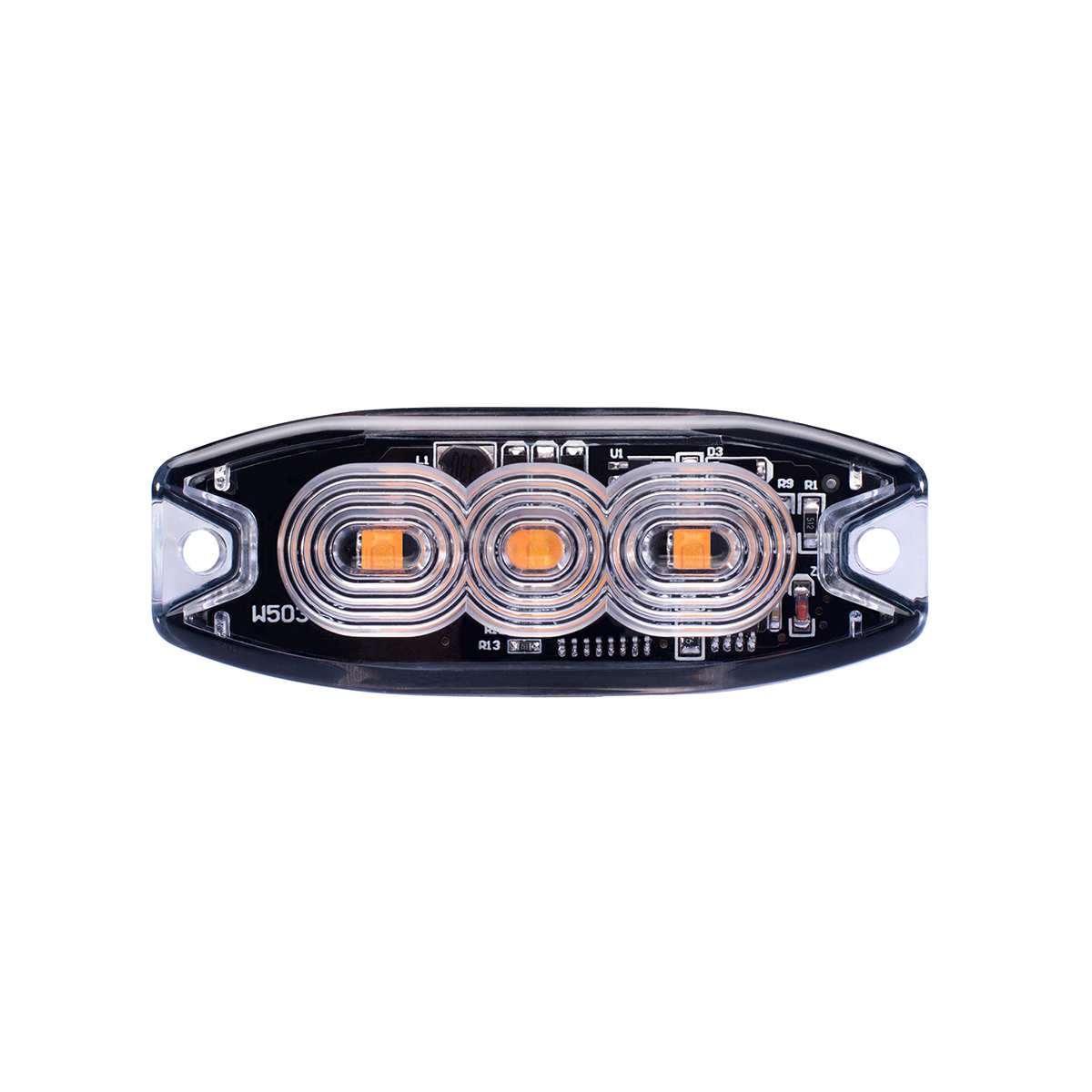
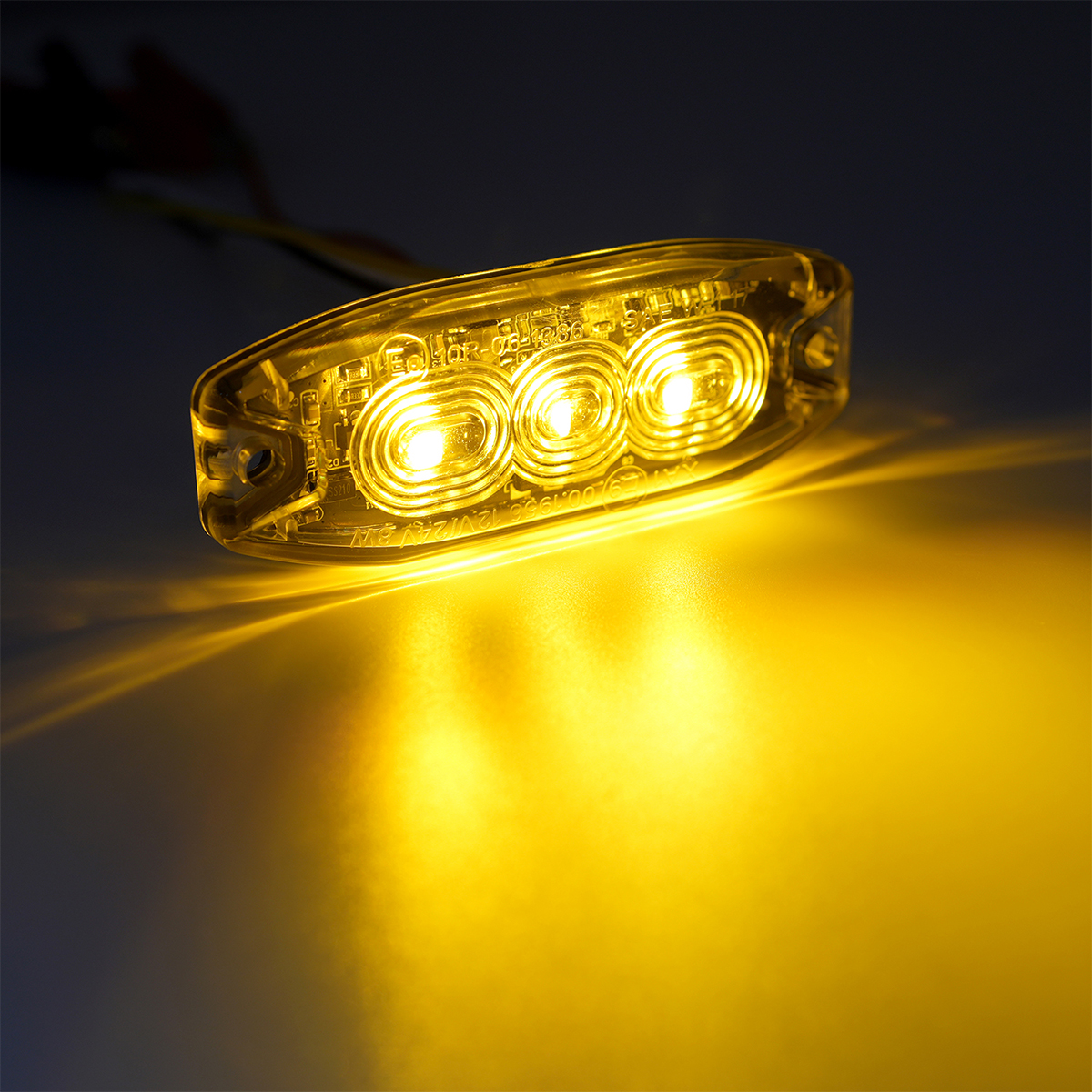
ECE R10: The Guarantee of Electronic Compatibility (EMC)
Modern vehicles are complex electronic ecosystems. A non-compliant warning light can create significant problems, from causing static on the radio to interfering with critical GPS or engine management systems. The ECE R10 regulation addresses this by ensuring Electromagnetic Compatibility (EMC).
An ECE R10 certification guarantees two things:
It won't cause Interference: The lighthead has been tested to ensure its electronic emissions are below a strict threshold and will not disrupt other electronic devices on the vehicle.
It won't be a Victim of Interference: The lighthead is robust enough to operate correctly without being affected by electromagnetic disturbances from other components.
Choosing an R10-certified lighthead like those from SUMBEXAUTO means you are investing in a component that will integrate seamlessly and safely into your vehicle's existing systems.
ECE R65: The Standard for Effective Visual Warning
While R10 ensures a light is electronically safe, ECE R65 ensures it performs its primary function effectively: providing a clear and visible warning. This standard is critical for emergency and service vehicles, as it regulates the optical performance of the warning light.
To earn an ECE R65 certification, a light head must meet strict requirements for:
Light Intensity & Angle: It must be bright enough to be seen from all critical angles, day or night, but not so bright that it dazzles other road users.
Flash Frequency: The flash pattern must fall within a specific range (typically 2-4 Hz) that has been proven to be most effective at capturing human attention.
Color Consistency: The color of the light (e.g., amber, blue, red) must be within a precise, specified chromaticity range to be universally recognizable.
An ECE R65 certification is your assurance that a strobe light isn't just bright—it's a scientifically optimized and legally compliant safety device.
At SUMBEXAUTO, we engineer products that meet both of these critical standards. When you see ECE R65 and R10 on one of our LED lightheads, you can be confident that you are equipping your fleet with a solution that offers the highest level of electronic integrity and visual-warning performance.




 English
English  français
français  Deutsch
Deutsch  Español
Español  italiano
italiano  português
português 